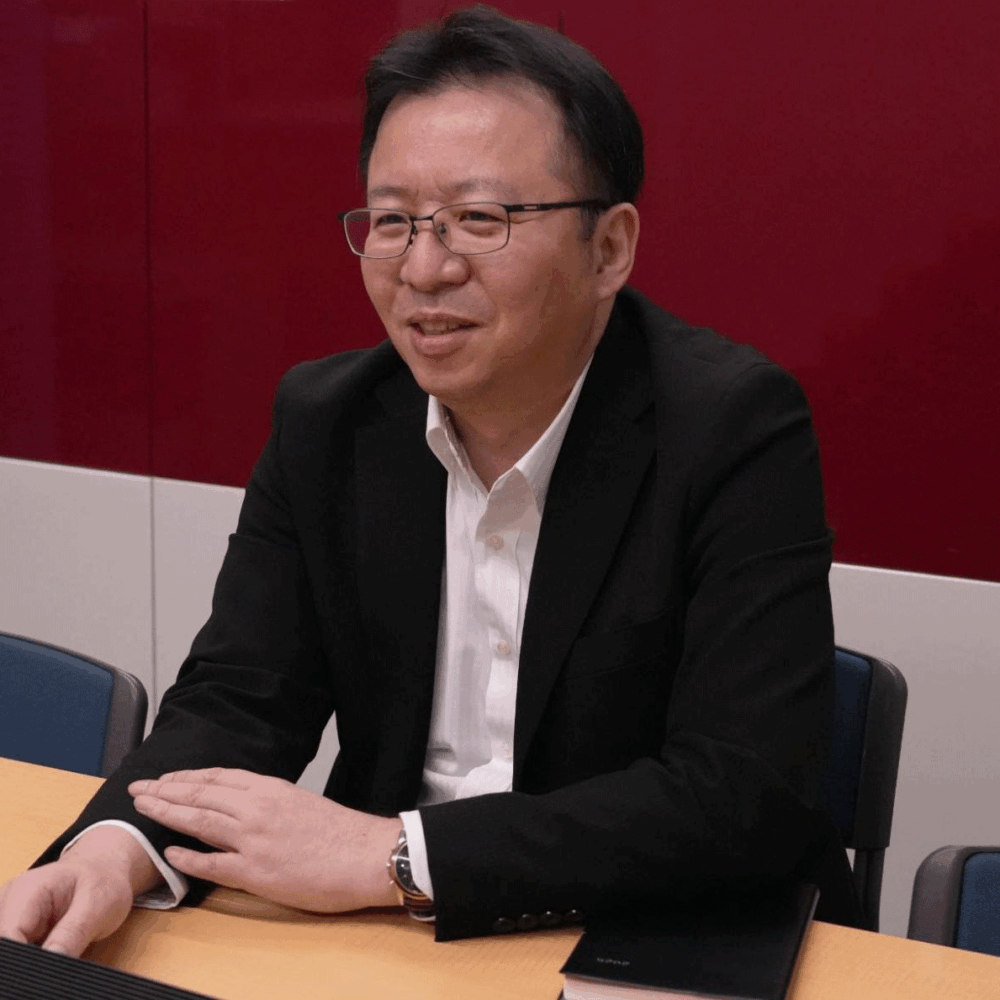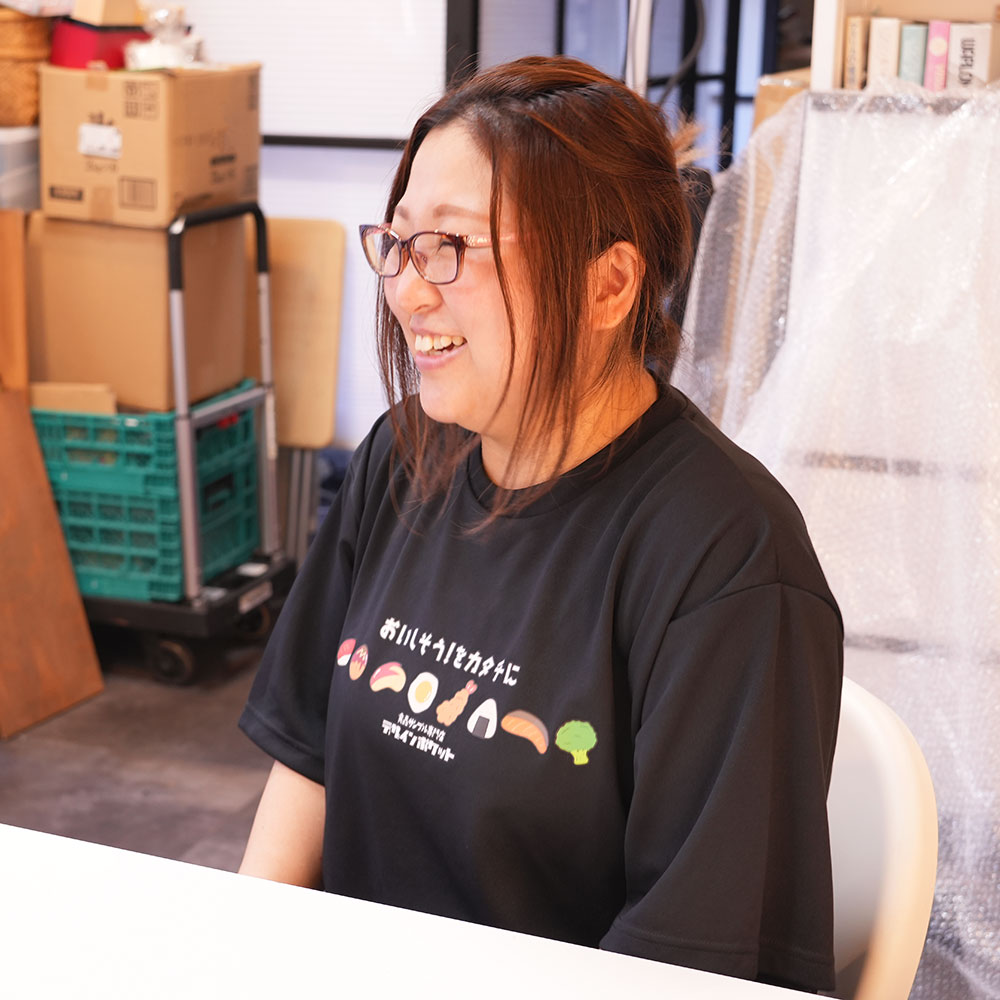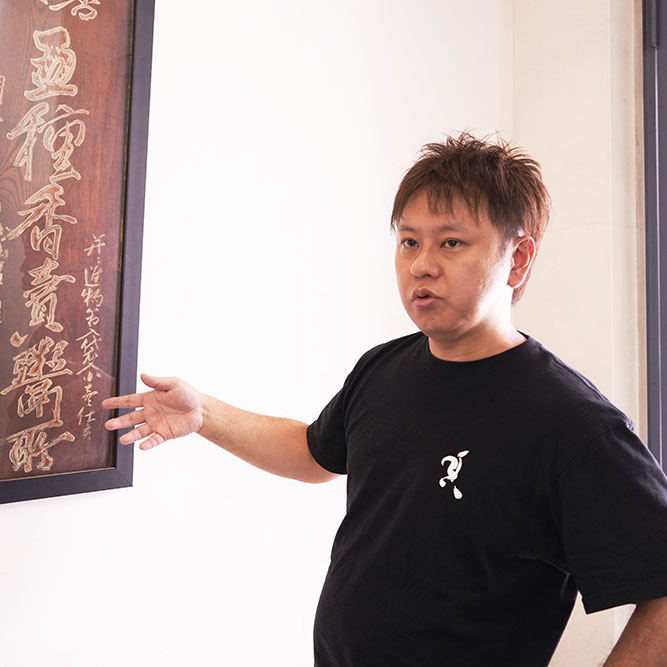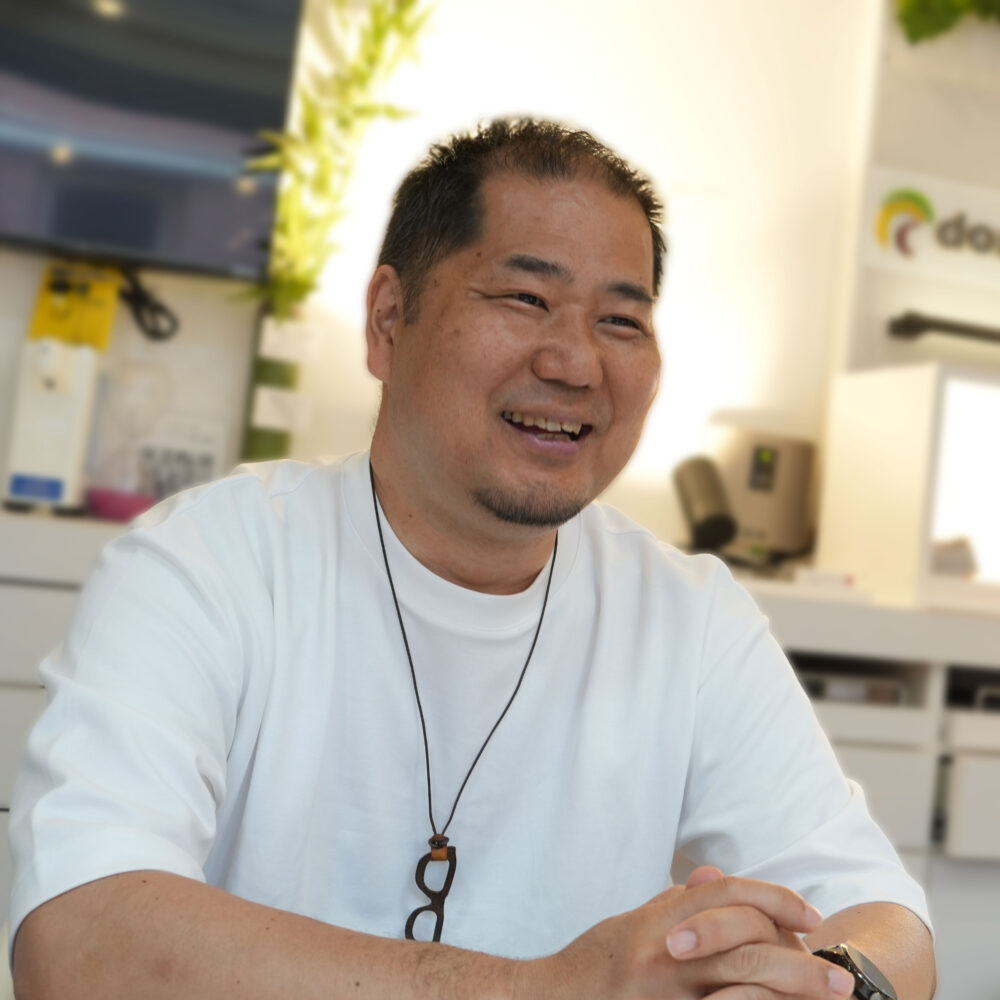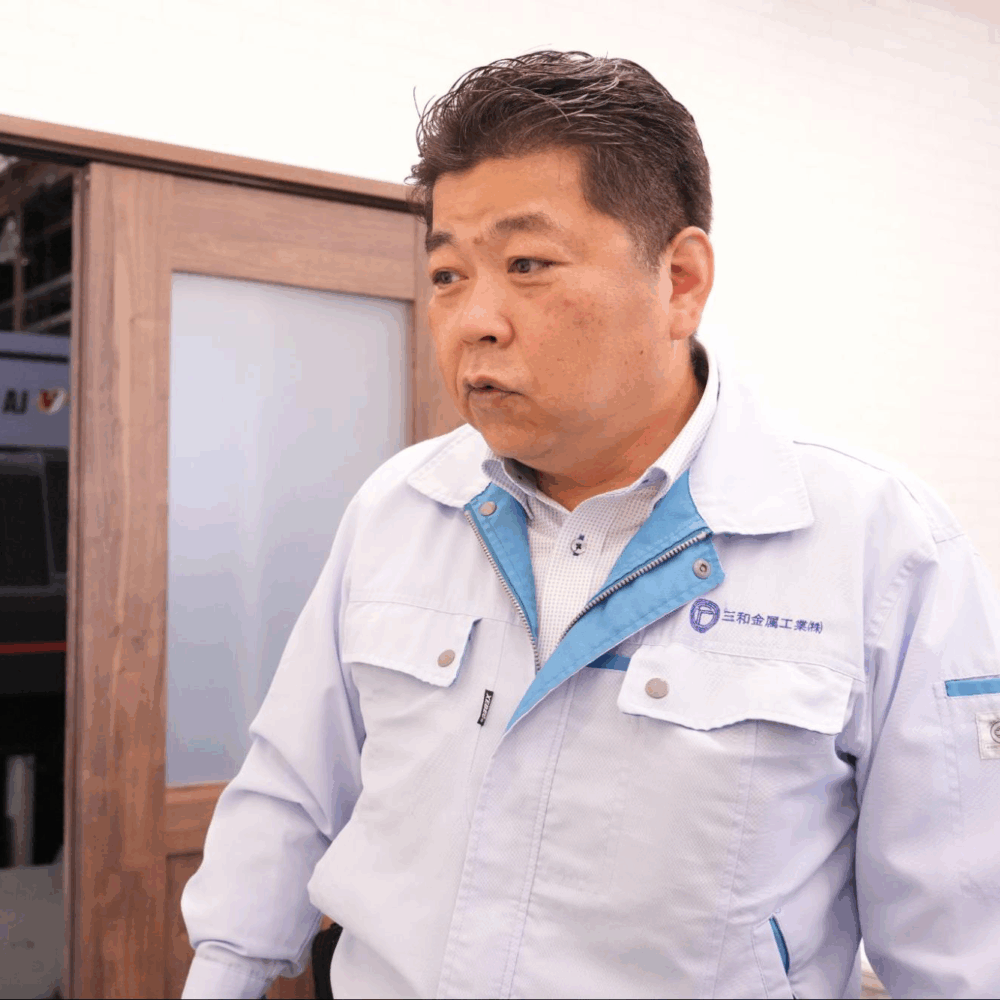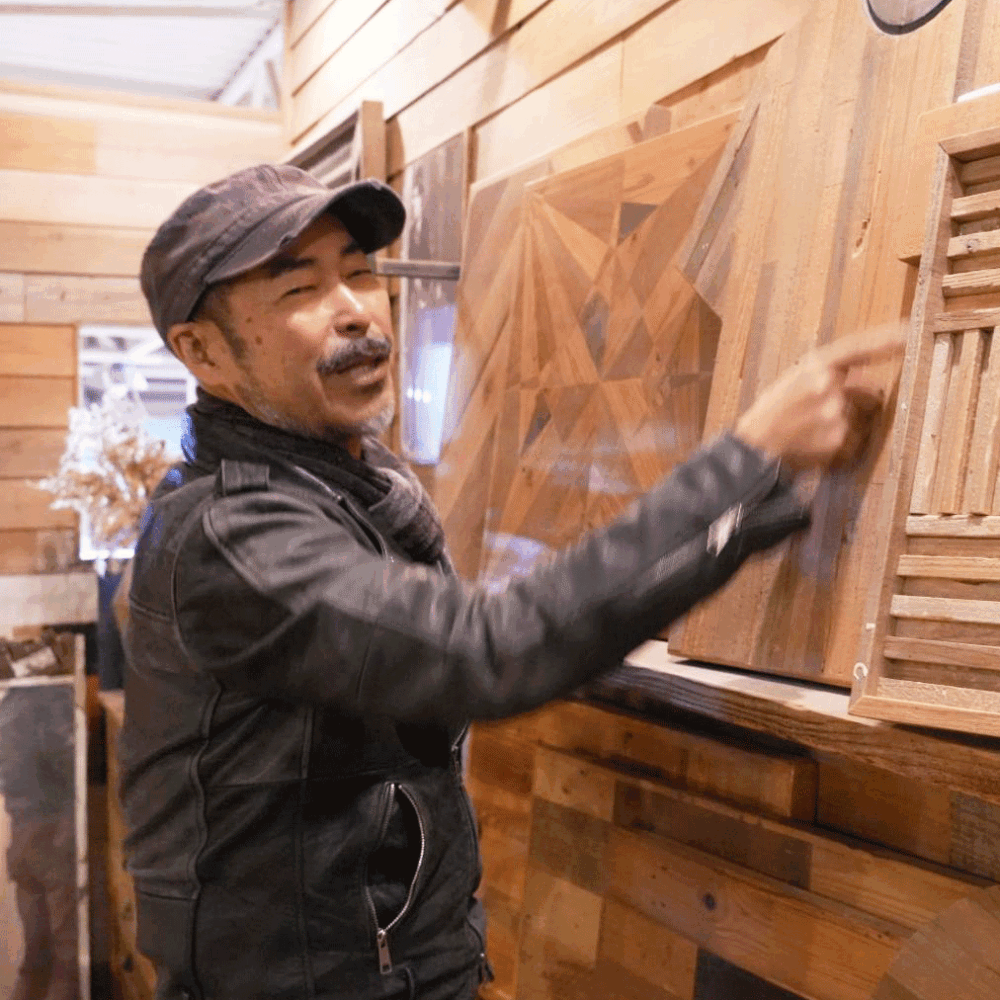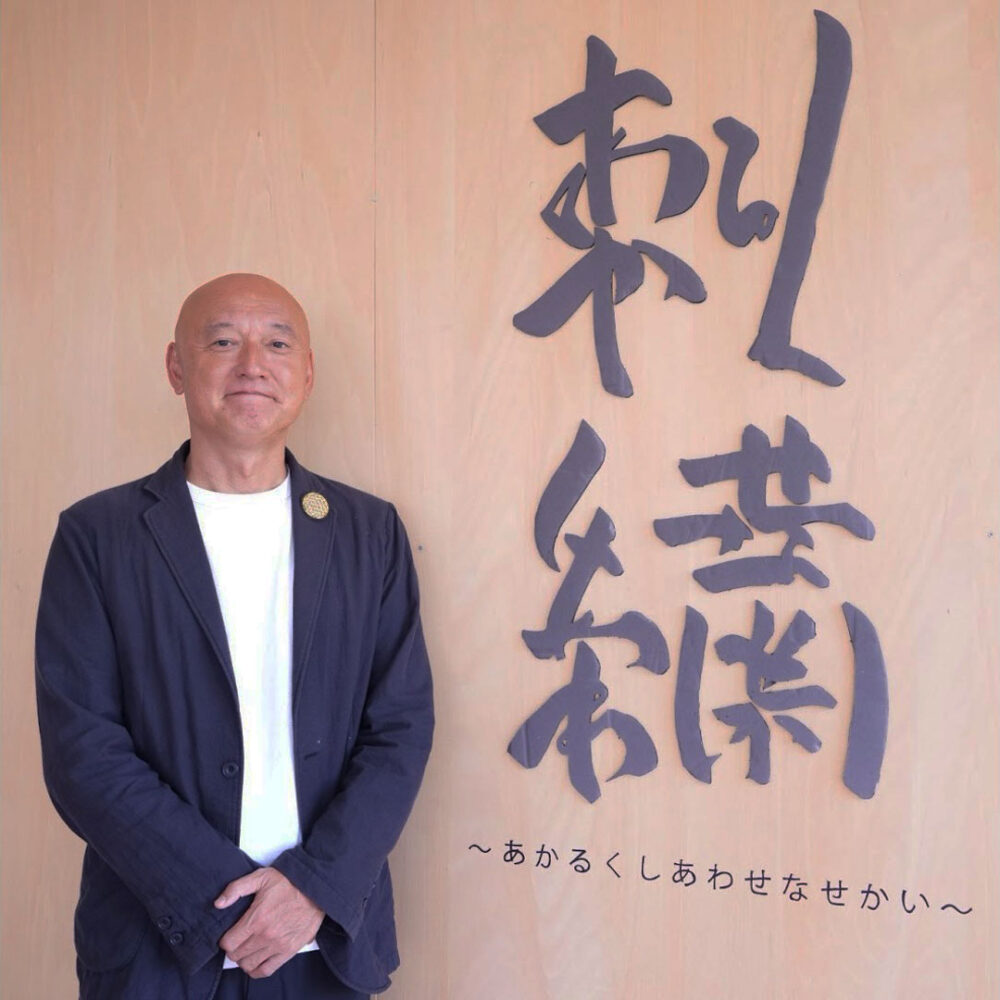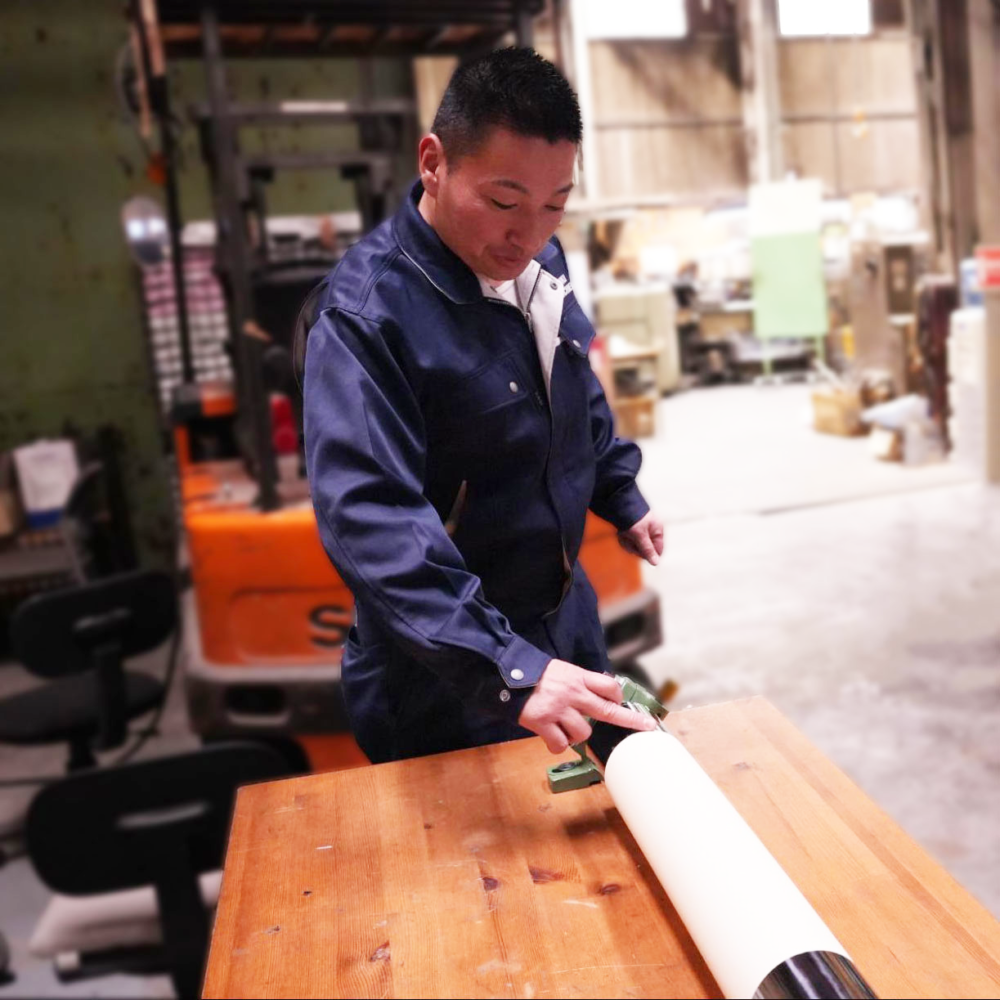Sharing a Spirit of Balance and the Tradition of Japanese Cuisine with Everyday Life Around the World
- Food & Beverage Manufacturing
- Other manufacturing
- SDGs & Sustainability
- Connecting with People
- Japanese Culture
Osaka
日本の食文化を支えてきた和食。その伝統を守りながら、時代に合わせた挑戦を続けているのが、大阪・本町の「味吉兆 ぶんぶ庵」だ。戦後、日本料理の格を世界に知らしめた名料亭「吉兆」の流れをくみ、正統派の日本料理を提供しながら、家庭向け冷凍商品や海外展開に挑戦している。
本記事では、創業50年となる株式会社味吉兆の2代目代表・中谷隆亮氏に、店づくりへの思い、和食のこれから、そして世界への展望を伺った。
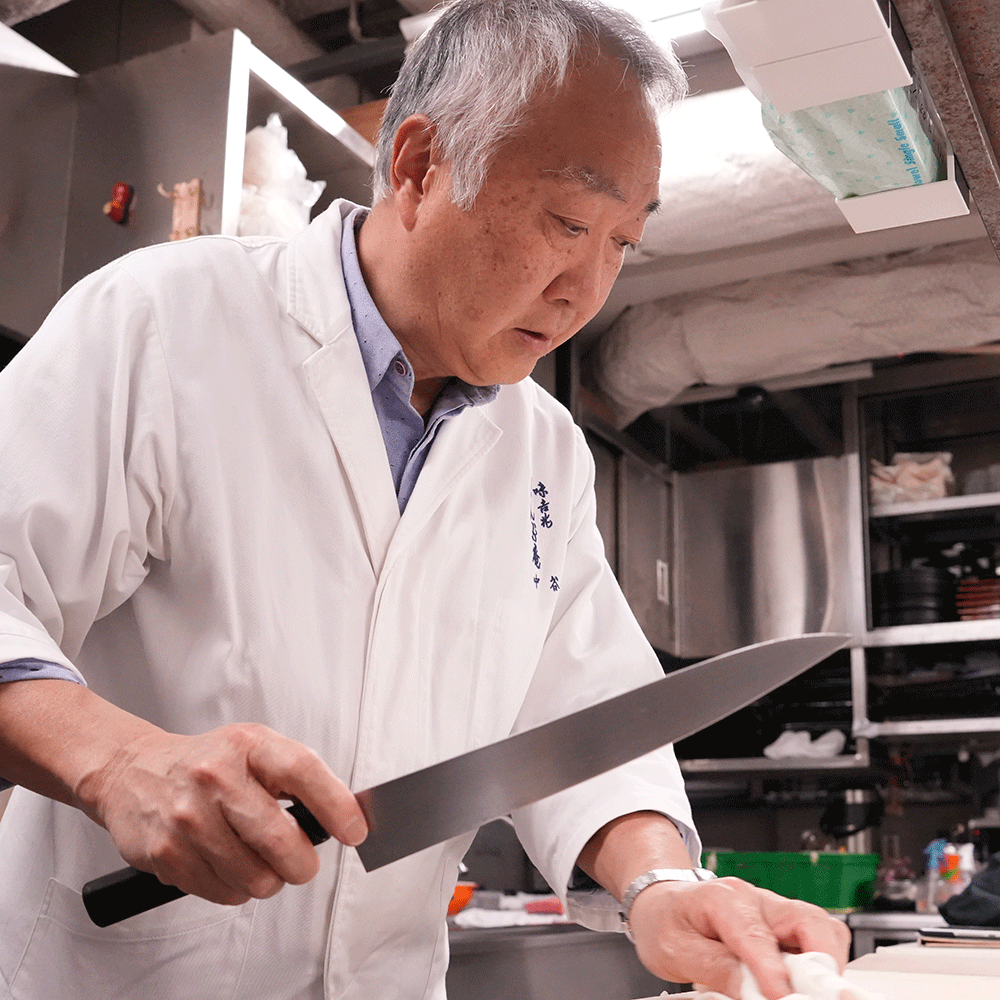
PROTAGONIST
Ryusuke NakataniSecond Generation
Creating a “Mountain Retreat in the Heart of the City” within an Urban Building
Honmachi, Osaka. Nestled quietly within a modern city building, Bunbu-an hangs its noren curtain with quiet dignity. Step inside, and you are instantly transported away from the city’s bustle into a calm, serene space. The concept envisioned by Ryusuke Nakatani is that of a “mountain retreat in the heart of the city”—a place where guests can enjoy their meals in peace, even amid the busyness of daily life. This vision lies at the heart of what Bunbu-an offers.
“Some guests have been dining with us for over forty years. Even after a generational shift, families continue to visit across two, sometimes three generations. One guest, who was brought here as a baby, came back again when they celebrated their coming-of-age ceremony. It meant a lot to me that they chose to spend such a meaningful day here,” says Nakatani with a look that reflects both the pride of running the restaurant for many years and a deep sense of gratitude to his customers.
At Ajikitcho, time flows gently, allowing people and nature to quietly coexist. This is the essence of hospitality at Bunbu-an.
Training Under a Strict Father and the Deep Meaning Behind the Restaurant’s Name
Fumio Nakatani, the father of Ryusuke Nakatani, once served as the head chef at the prestigious Japanese restaurant “Kitcho.” When he expressed his desire to strike out on his own, the founder of Kitcho, Teiichi Yuki, recognized his skill and integrity. Rather than making him start from scratch, Yuki offered him the opportunity to take over an existing Ajikitcho location inside Daimaru department store in Shinsaibashi. It was at that moment—when his father set out independently—that Ryusuke began to consider a future in the culinary world. He was eighteen at the time.
“I thought, ‘If I take over, my parents will probably be happy.’ That was really all there was to it.” he recalls. “When I joined Ajikitcho at age 25 after graduating from university, I was entering a world of craftsmen. Many of them had started right after junior high school, so I was already behind. And my father was strict—he never allowed even the slightest compromise when it came to cooking.”
After over twenty years of apprenticeship, Ryusuke took on the family mantle at age 48, becoming the second-generation successor. At 55, he opened “Ajikitcho Bunbu-an.” The name “Bunbu-an” carries a deep, personal meaning.
It combines the characters for “Bun” (文) and “Bu” (武), taken from the names of his father, Fumio (文雄), and mother, Takeko (武子). These characters also reflect the traditional Japanese ideal of bunbu ryōdō—the balance of literary and martial virtues, or the pursuit of both skill and inner cultivation. By naming the restaurant this way, he paid homage to the philosophy his father had always valued. When the restaurant opened, both of his parents had already passed away. But the words his father taught him in childhood live on, now enshrined in the noren curtain at the entrance.
“My father used to say, ‘A man isn’t truly a samurai just because he’s good with a sword. He must also study.’ He believed that if you’re a professional chef, of course the food must be delicious. But only with the right atmosphere and service does it become something truly authentic.”
The words his father repeated over and over—shaped by his own experience living through the war—still resonate deeply in Ryusuke’s heart today.
The Changing Seasons Are Reflected in More Than Just the Cuisine
What Ryusuke Nakatani has consistently upheld as a chef is a deep respect for the ingredients he works with. Believing it is his responsibility to fully honor the lives taken for food, he ensures that every part of each ingredient is used without waste. Even scraps trimmed off during preparation are carefully and creatively incorporated into dishes.
“It’s not about SDGs or anything like that, but using every bit of the ingredients has always been important to me. I also place great emphasis on serving dishes as freshly prepared as possible. Even the plates we use are chosen monthly to suit the dishes. It’s just like how fashionable women choose their clothing with the seasons in mind.”There are no gimmicks in his cuisine. Instead, it follows the rhythm of the seasons, bringing out the natural flavors of the ingredients. The plates, which change each month, reflect these seasonal transitions as well. This is part of the omotenashi rooted in the spirit of tea ceremony—a form of hospitality often practiced in small, intimate gatherings known as chakaiseki. In staying true to that tradition, Nakatani insists on simplicity and natural presentation.
How Can the Flavors of a Fine Japanese Restaurant Be Brought into the Home?
To bring the authentic flavors of Japanese cuisine into people’s homes, Ajikitcho Bunbu-an began developing frozen dishes. The first three offerings were tai-meshi (sea bream rice), tai-sōmen (sea bream with fine wheat noodles), and tai-chazuke (sea bream with tea-infused broth).
For the tai-meshi, grilled sea bream and dashi broth are frozen together, allowing customers to simply add them to freshly cooked rice at home to recreate the authentic taste. The tai-sōmen combines somen noodles with broth made from sea bream bones, providing a refined flavor that’s easy to enjoy at home. As for the tai-chazuke, slices of raw sea bream are vacuum-frozen and packaged with a specially prepared dashi, accompanied by sesame and wasabi.
“I wanted people to enjoy genuine cuisine at home,” Nakatani explains. “Men may have opportunities to experience kaiseki flavors through business dinners and entertainment, but their wives and children at home rarely do. I hope even those who usually stay at home to care for their families can have the chance to enjoy Japanese cuisine.”
Currently, challenges remain in inventory management and logistics for the frozen products. Nevertheless, Nakatani is eager to expand the business in order to bring Bunbu-an’s flavors to a wider audience. Frozen items also open up potential for e-commerce and international retail distribution.
Not Merely Riding the Wave of Washoku’s Popularity…
Nakatani harbors a sense of urgency about the current state of washoku. Today, Japanese cuisine is often represented abroad by popular items like sushi, tempura, ramen, okonomiyaki, and takoyaki. However, he believes that traditional Japanese dining is not about choosing what you want to eat from a menu—it’s about entrusting the restaurant with the meal and paying a premium for that experience. A course begins with a clear soup, followed by grilled dishes, and continues in a gentle, harmonious progression. This is the true essence of Japanese cuisine.
“For Japanese people, that flow is instinctively understood, but it can be hard for those from other countries to grasp. It’s like a movie—if you already knew the entire storyline from the beginning, it wouldn’t be enjoyable, right? I want people to embrace that sense of surprise—not knowing exactly what’s coming next. I hope to pleasantly defy expectations and serve something that exceeds them.”
Just as it’s common for Japanese travelers to enjoy a French course meal at an overseas hotel, Nakatani believes it’s only natural for washoku to take its place as the main dining experience in top hotels around the world. His goal is not to simply ride the wave of growing global interest in Japanese cuisine, but to share the true essence of washoku with honesty and integrity.
Bringing Authentic Washoku into Everyday Life Around the World
As part of his community engagement, Nakatani supports local initiatives such as volunteering at children’s cafeterias and producing shōjin ryōri (Buddhist vegetarian cuisine) for temple lodgings. Looking ahead, he carries a larger dream in his heart—a vision of spreading authentic Japanese cuisine across the globe and embedding true washoku in the daily lives of people around the world.
With Hanoi, Vietnam as a potential starting point, he is exploring collaborations with local partners to pave the way for introducing Japanese food culture throughout the ASEAN region.
“There’s still a lingering image overseas that washoku is expensive and not very tasty. Sometimes, the so-called Japanese food served abroad doesn’t even include dashi in the miso soup—it lacks the essence of umami. What matters is not offering luxurious meals, but delivering proper flavor as a part of everyday food culture. I believe we can achieve this by effectively using local ingredients, while faithfully passing on what should be preserved from Japan.”
Now, as global interest in Japanese cuisine continues to grow, Nakatani feels a deep responsibility to deliver the real thing. “Just like the global matcha boom, I want to introduce the next wave of Japanese food culture to the world,” he says with a smile. Whether that next wave is kombu or miso, he’s not yet certain. But with a quiet determination and the spirit of “bun” and “bu” inherited from his parents, Nakatani is taking steady steps toward his vision.
INFORMATION
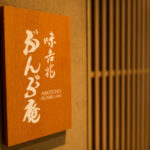
Ajikitcho Bunbu-an
In May of 1970 (Showa 45), under the direction of the late Teiichi Yuki, founder of Kitcho, a restaurant was opened in the Daimaru Shinsaibashi department store. From 1972 (Showa 47), the establishment began anew under the current name “Aji Kitcho,” inheriting its traditional curtain (noren).
Since then, the first-generation proprietor, Fumio Nakatani, faithfully upheld Mr. Yuki’s vision of "Japanese cuisine as a world-renowned culinary art."
Today, the second-generation Ryusuke Nakatani continues to preserve and nurture this philosophy. Both the host and the head chef are personally involved in every aspect of the cuisine, from preparation to presentation, offering guests an authentic experience of the true essence of “Naniwa” (Osaka) flavors.
- Founded in
- 1972
- Website
- https://bunbu-an.jp/
- Writer:
- GOOD JOB STORY 編集部




